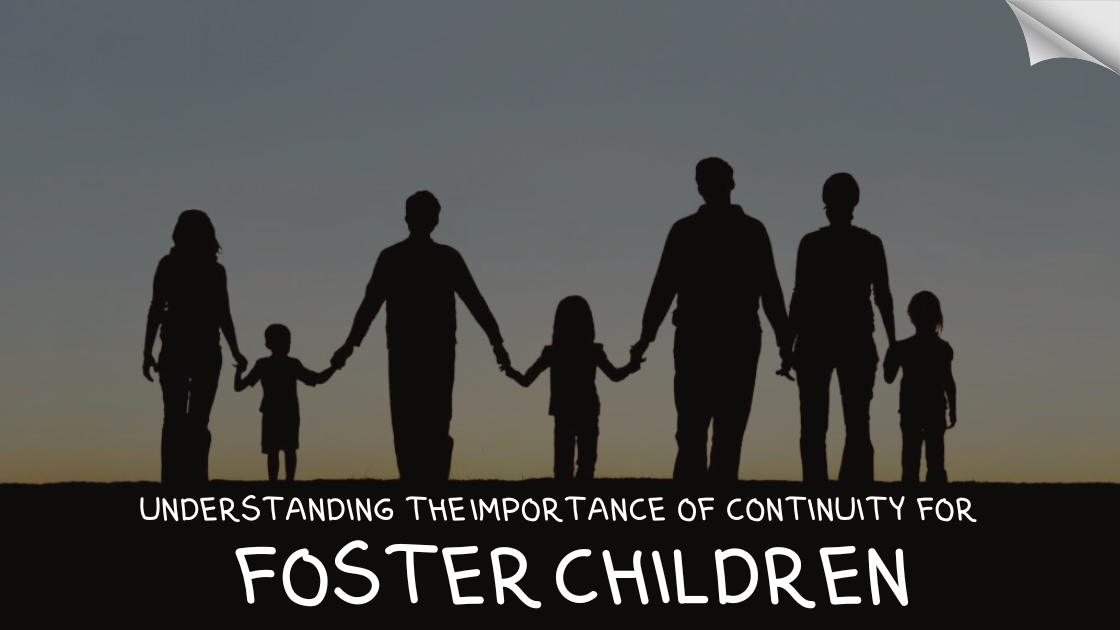Understanding the Importance of Continuity for Foster Children

Foster carers provide a space for a child who must be separated from their birth families. The reasons vary from abusive environments to sudden changes in circumstances that make it too difficult to care for them.
Regardless of the underlying reasoning, this separation can be traumatic and cause a variety of emotional and physical symptoms in the children that come into the fostering network. This is where continuity can and does play a key part.
The benefits are discussed below:
Contents
ToggleSense of Safety
Children who are removed from their homes will naturally be feeling overwhelmed, anxious, and even out of control. For them to feel safe, they need a consistent care model and a space they can trust. While this takes time, this is what continuity is all about.
Even if the placement is not destined for a long-term arrangement, there is still enough scope for being consistent and caring for a child in a way that empowers their sense of safety.
Make them feel at home and help them to set boundaries and this will go a long way towards supporting their overall internal security.
Reliable Routine
Children develop and thrive when they have a reliable routine. The best thing a foster carer can do is to put this into action as soon as possible.
Whether you use visual reminders, verbal communication, or technology to help the process along, making sure a child knows where they’re going and what their day will look like is a core characteristic of continuity.
It will always be the better option and help them regain confidence and to feel reassured.
Supporting General Engagement
If a foster child feels as though they don’t know what’s going to happen on any given day, for instance, where they are going to live or which adult they are supposed to trust with their care needs, this can be demoralising and have devastating consequences.
Supporting general engagement means providing an environment they can depend on, and there is no easier way to do this than to be consistent in what you deliver.
School engagement can often be an obstacle to overcome, so anything that can be done to encourage attendance and interaction is recommended.
How Can Continuity Be Put into Action?
There are some simple ways that a foster carer can provide continuity in their home. Firstly, by accepting sibling placements so that children do not have to be separated from something that makes them feel safe.
Secondly, by aiming for consistency with what they are accustomed to, for instance, facilitating attendance at their regular school and supporting their peer relationships.
Lastly, ensure that if it is appropriate, the carer and foster care services work collaboratively to provide contact opportunities with the birth family.
These three things will boost any placement’s success rate and enable a more positive setup in general.
Foster carers have a responsibility to provide continuity in their daily life for any child that comes into their home.
It is an integral part of supporting healthy attachment models and enables children to build positive relationships and engage with what’s important as they move forward through this journey.
You may like this
Recommended For You
Planning for another baby? Pros and Cons of Having Another Child
Most Inside
Most Inside offers high-quality recommendations and valuable updates to enhance all aspects of your life, providing premium guidance and enriching experiences.




